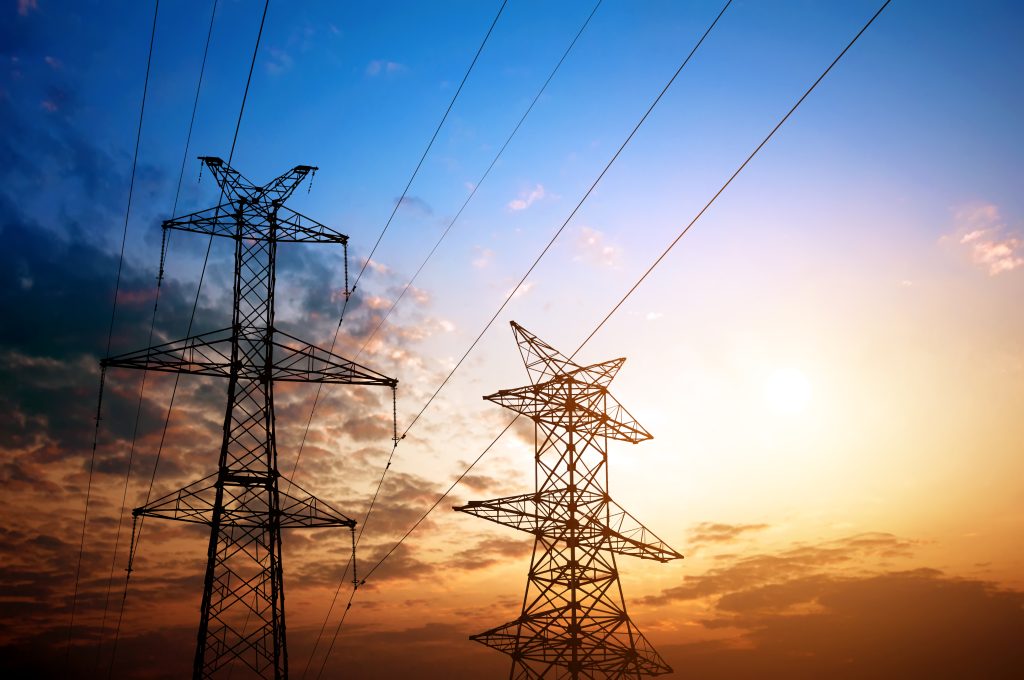Understanding your energy charges is no walk in the park as there are many different components and variables, not to mention contract terms and tariffs that make up your bill.
It is important to know that charges are based on your total consumption per month and your demand, which is based on the highest capacity you required during that billing period. This is because as a consumer, you not only pay for the electricity itself, but the costs incurred by the energy company for delivering the electricity to your property and maintaining a sustainable grid.
How Demand Charges are Determined
Depending on the rate structure, peak demand charges can represent up to 30% of a utility bill. The term “demand” is the capacity of energy needed in reserve determined by the energy consumer. Because energy cannot be stored, utility companies must maintain facilities with sufficient capacity in order to meet the maximum requirements. The utility company – such as Con Edison, or another LDC (Local Delivery Company) – must calculate how much it will cost them to maintain enough capacity for their customers and then prorate that cost for all different service classes which is reflected in the demand charge.
How Demand Charges are Calculated
Here are some terms you should be familiar with:
Kilowatt (kW): Rate of using electricity
Kilowatt-Hour (kWh): Electricity actually used
Consumption is measured at your specific rate based on kilowatt hours (kWh), and demand is measured in kilowatts (kW).When demand is higher – high intensity for a short time – demand charges will be higher than when you use the same amount of electricity at a lower intensity for a longer period of time.
Residential vs. Commercial
Residential users typically pay one rate including both consumption and demand because on the grander scale, there is not much variance from home to home.
With Commercial and Industrial energy users – consumption and demand vary greatly. Some need large amounts of electricity, while others do not. Some need energy constantly, while others sporadically. As mentioned prior, the only way to meet all needs is to keep a vast array of expensive equipment – transformers, wires, substations, generating stations – on constant stand by. Because of this, charges for both consumption and demand for Commercial and Industrial consumers are usually broken out.
How to Reduce your Demand Charge
Whether you are a residential or commercial energy consumer, here are some tips to help reduce your demand and overall energy bill:
- Become familiar with your energy data. Looking at it in real-time will show you when your demand for electricity is greatest and will allow you to develop strategies for lowering those peaks.
- Schedule your utilities based on their high / low intensity.
- Spread load over a long period of time (i.e.: do not turn all heavy machinery on at once when possible)
- Reduce energy by dimming your lights, adjusting your thermostat, shutting down equipment, and using generators where applicable.


